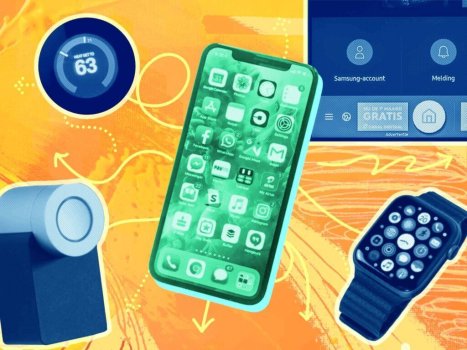K
Kathleen Martin
Guest
As the popularity of the Internet of Things (IoT) continues to grow, businesses must note the latest technologies in the landscape. An effective device management platform (DMP) solution is a vital component of any successful small or large IoT implementation project. Such a platform allows businesses to manage their internet-connected devices remotely. It entails the process of setting up an IT infrastructure and authentication of the configured devices. You can also perform remote configuration, data collection, reporting, real-time monitoring, and over-the-air (OTA) software deployments through these platforms. You can also handle updates or patches on the various connected objects through DMPs. In a nutshell, a DMP offers the glue required to tie together the assets and devices consisting of the physical layer of an IoT platform.
How Do DMPs Work?
An IoT device management platform serves as a central hub, which provides remote access, configuration control, and security for your connected devices.
When selecting an appropriate DMP, it is essential to look at factors such as robust APIs that enable custom scripting on deployed devices. A customizable dashboard with group controls and edge device access allows you to manage groups of smart sensors.
Critical Criteria to Take Into Account for Building IoT Device Management Solutions
IoT platforms help automate management functions and add another layer of security measures. They control vulnerabilities of IoT products and minimize breaches.
The decision-making process is complex and needs to be evaluated through the lens of several requirements and limitations. To do this successfully, some technical criteria need to be taken into account:
This includes the likes of Windows 10 or third-party ones like Arduino using an easy-to-use cloud service interface. You can avail IoT app development services without worrying about adding another layer of authorization for device management.
The arrangement makes the connection process easier and faster than before, and you can automate the life cycles of the connected assets, improving the resilience and security of the IoT device estates.
Continue reading: https://www.iotforall.com/benefits-and-challenges-of-iot-device-management-platforms
How Do DMPs Work?
An IoT device management platform serves as a central hub, which provides remote access, configuration control, and security for your connected devices.
When selecting an appropriate DMP, it is essential to look at factors such as robust APIs that enable custom scripting on deployed devices. A customizable dashboard with group controls and edge device access allows you to manage groups of smart sensors.
Critical Criteria to Take Into Account for Building IoT Device Management Solutions
IoT platforms help automate management functions and add another layer of security measures. They control vulnerabilities of IoT products and minimize breaches.
The decision-making process is complex and needs to be evaluated through the lens of several requirements and limitations. To do this successfully, some technical criteria need to be taken into account:
- Security
- Scalability
- Interoperability
- Stability
- Time-to-market
- Platform compatibility
- Platform life expectancy
This includes the likes of Windows 10 or third-party ones like Arduino using an easy-to-use cloud service interface. You can avail IoT app development services without worrying about adding another layer of authorization for device management.
The arrangement makes the connection process easier and faster than before, and you can automate the life cycles of the connected assets, improving the resilience and security of the IoT device estates.
Continue reading: https://www.iotforall.com/benefits-and-challenges-of-iot-device-management-platforms

